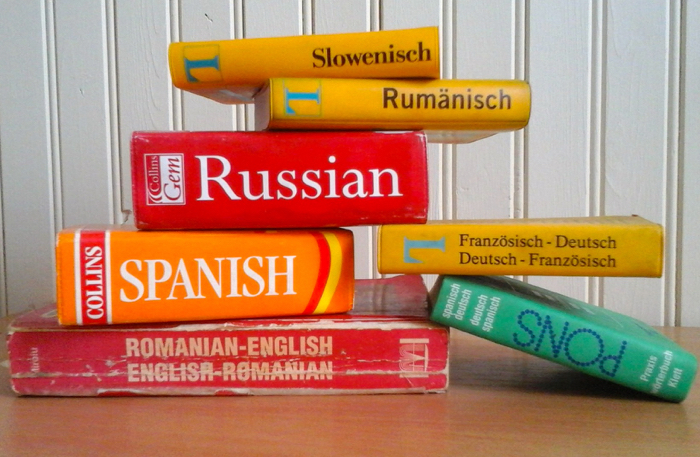Reporting and writing across different languages.
In the previous three modules on language and style from The News Manual we look at the basic structures for news articles, the words used when writing reports, and some important grammatical rules. In this, the final module of four, we look at these issues in the context of reporting and writing across different languages, some of the challenges of translation and some of the main dangers to look out for.
If you are a journalist working in a multilingual society, you may have to work in more than one language. Whether you gather the information in one language and write the story in another, or whether you write a story first in one language and then rewrite in another language, you face the task of translation. However, if you have a good command of both languages and follow a few simple rules, translation should not be difficult.
This module is written only in English, but the processes we describe always involves two or more languages. It is possible that English will not be one of the languages you work in when translating. To avoid confusion, we will call the language which you are translating from (or conducting interviews in) the source language; and we will call the language you are translating into (or writing the final story in) the target language.
The principles of translation
The first thing to remember is that translation is the transfer of meaning from one language to another. It is not the transfer of words from language to language. You must translate the meaning of what is being said, rather than do it word-for-word. This is because languages are not just different words. Different languages also have different grammar, different word orders, sometimes even words for which other languages do not have any equivalents. The English spoken by a scientist may have words which a simple farmer cannot even start to imagine. And the farmer is likely to have words for things the technologist never dreamed of.
Simple steps in translation
We will start by talking about the simplest form of translation – the one where you already have a story written down in one language (the source) and you want to translate it into another language (the target). The steps to follow are:
Read the whole of the original source story through from beginning to end, to make sure that you can understand it. If you cannot understand everything that is said, you cannot translate it. If there are any words or phrases that you do not understand, you must clarify these first. You may decide that the ideas they express are too difficult to translate or not worth translating, but you need to know what they are before you can judge.
Do a first draft translation, trying to translate all the source material. But do not translate word-for-word. Remember that you are translating the meaning. When you have finished the first translation, you will now have a draft story in the target language.
Go back over the whole of your draft translation and polish it without looking at the source original. (You might even like to turn the source story face down on your desk so you cannot cheat.) Make sure that your translation reads well in the target language. Compare the final version of your translation with the source original to make sure that you have translated it accurately. This is when you can make any detailed adjustments in individual words or phrases.
False friends
Beware of words or phrases we call “false friends”. These are words in the original source language which you retain in your translation, often because you cannot think of the correct translation. If you cannot think of the right word, how can you expect your reader or listener to? Of course, languages borrow from each other all the time. If a society comes across a new idea, it may simply use the foreign word without inventing a word of its own. Remember, however, that you are translating meaning, not words. If you come across a word in your original language which has no equivalent in the target language, perhaps you can use a phrase (i.e. several words) instead. For example, many languages do not have a word for “computer”. Instead of retaining the English word “computer”, can you translate it as “a machine which does brain work” or something similar? Be careful, though, that you do not try to re-invent the community’s language to suit your own way of thinking. If you have problems with translating words, consult experts or ask your colleagues to see if you can reach agreement on the correct translation. If you are a journalist working in a small language community, the words you decide upon could become the standard usage.
Of course, some foreign words will inevitably creep into other languages. Words like “computer” are becoming widely accepted by speakers of non-English languages and may eventually be understood by everyone. The problem arises in the time between the foreign word being first introduced and it being understood by everyone. During such transition periods, use the word untranslated, but follow it immediately with a translation or explanation. For example, you might write in your target language the equivalent of:
The provincial government is to buy computers for each of its local offices. The computers are machines which will help office staff to keep accounts, write letters and do other jobs.

